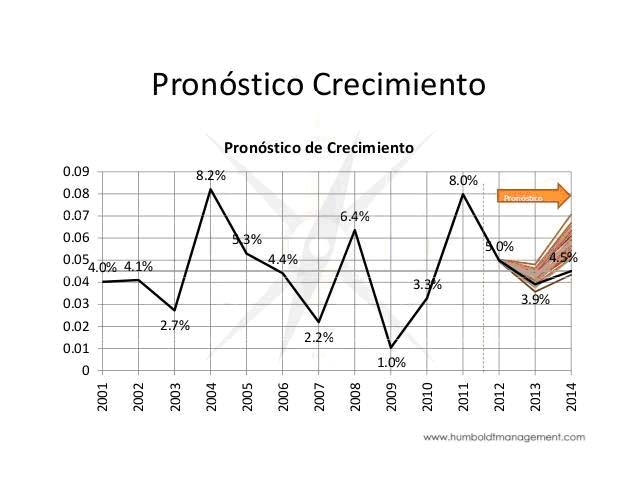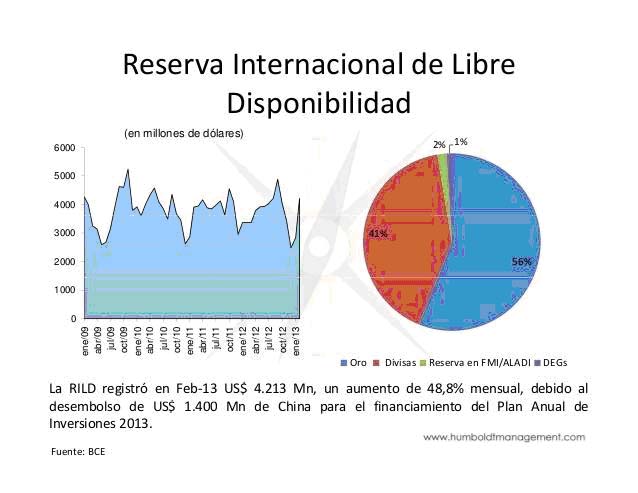“Ecuador is ready to compete on the global stage, and go back to financial markets,” said the Ecuadorian ambassador Nathalie Cely, during a recent presentation in New York.
South America is the fastest-growing region in the world, according to the International Monetary Fund. The region is growing at almost three times the rate of the rest of the world.

Figure 1 Source: humboldtmanagement.com
Brazil has received a great deal of attention from international investors, but since 2000 Colombia, Peru and Ecuador have posted faster growing economies. Ecuador has not been on the radar of many investors, yet it is poised to become a crucial player in booming South America’s economic future. The government of Ecuador has been investing heavily in national security, infrastructure, education, and human development and, although President Rafael Correa’s government is not the best of friends with Washington, the country is telling the world that it is ready to welcome foreign investment.
POPULATION/DEMOGRAPHICS
With 15.2 million people, the constitutional Republic of Ecuador is on the Pacific coast of South America sharing a border with Colombia to the north, and Peru to the east and south.
Some 94% of the population speaks Spanish and more than 70% are Mestizo with mixed Spanish and native Latin American ancestry. Whites make up 6% of the population. The capital is Quito, but the largest city is Guayaquil, with 3.75 million people.
PER CAPITA INCOME
Since 2000, Ecuador has experienced 5.5 percent growth, with only Peru (7%) besting it of all the counties in South America.
Ecuador is a medium-income country with a Human Development Index (HDI), which includes measures of life expectancy, health, education and income, of 0.720, which is 83rd in the world. The GDP (2012) is $153 billion, which is $10,055 per capita. The currency is the US dollar. Extreme poverty has fallen from 40 percent in 2001 to 17 percent in 2011.
Almost half (46 percent) the Ecuadorian economy is based on crude petroleum. The country has proven reserves of 6.51 billion barrels as of 2011. Fresh or dried bananas and plantains make up a further 14 percent of the economy, while fish of various types account for about 9 percent. Ecuador is also a major producer of gold, even though mining only accounts for 0.4 percent of the nation’s GDP. The National Assembly is considering a round of reforms that should provide the mining industry with a boost after charges that foreign rebel groups and criminals were using the mining sector to launder money. Ecuador has a trade surplus, reaching $390 million in the first six months of 2012, largely based on increased oil prices.
Given the role of petroleum and gold in the economy, sectors such as electricity, hydrocarbons and mining are poised to attract significant foreign investment.
More than a third (38 percent) of Ecuador’s exports are destined for the United States, while 28% of its imports come from the United States. China (10 percent) is another major import partner.
Ecuador has the seventh largest economy in Latin America and between 1999 and 2007 the GDP doubled. Between 2007 and 2012 the economy grew at an annual average of 4.3 percent, which was above the Latin American/Caribbean average of 3.5 percent according to the UN Economic Commission for Latin America and the Caribbean.
Unemployment has been trending down from 7.6 percent in 2010 to 4.8 percent in 2012.
DEBT RATIOS
Ecuador’s gross external debt is $20 billion, with a public debt that is 24% of GDP according to the United Nations Economic Commission for Latin America and the Caribbean. This figure is down from a high of 65.7 percent in 2001. In comparison, Brazil has a net debt of about 40 percent of GDP and the United States ratio is about 100 percent.
RESERVES/ GOLD RATIOS
Ecuador holds foreign reserves of $2.482 billion as of 2011, according to the World Bank. Ecuador has gold reserves of 36.9 million ounces, currently worth about $60.22 billion (according to Bullion Street). It also has 72.4 million ounces of silver.

Figure 2 Source: humboldtmanagement.com
CONCLUSION
In a recent FORBES interview, Nathalie Cely Ecuador Ambassador to the U.S. made the following statement. “The truth of the matter is that since 2007, the policies of the Correa administration in Ecuador have resulted in massive improvements in the social and economic conditions in our country—infrastructure, education, poverty alleviation, and health care have all seen significant improvements. We have the highest college enrollment of those in poverty in all of Latin America, thanks to a new Constitutional guarantees of higher education scholarships. And we are working with international legal experts, including the American Bar Association, on a multi-year effort to overhaul and strengthen the country’s judiciary, weeding out corruption, building a modern infrastructure and legal training, and implementing strict, independent standards to evaluate and select thousands of judges, ensuring that the process is a legal—not political—one. Today, as a result of these efforts, poverty has fallen from 37.6% in 2007 to 27.3%, our country is the second-fastest growing economy in Latin America, and we have been praised by the United Nations for having the third-highest Human Development Index gains in the Americas.”
Disclosure: The information in the market commentaries was obtained from sources believed to be reliable, but we do not guarantee its accuracy. Neither the information nor any opinion expressed herein constitutes a solicitation of the purchase or sale of any futures or options contracts. I am not receiving compensation for it. I have no business relationship with any company whose stock is mentioned in this article.
===
Related Reading:
Trading Water: The Most Valuable Commodity?




